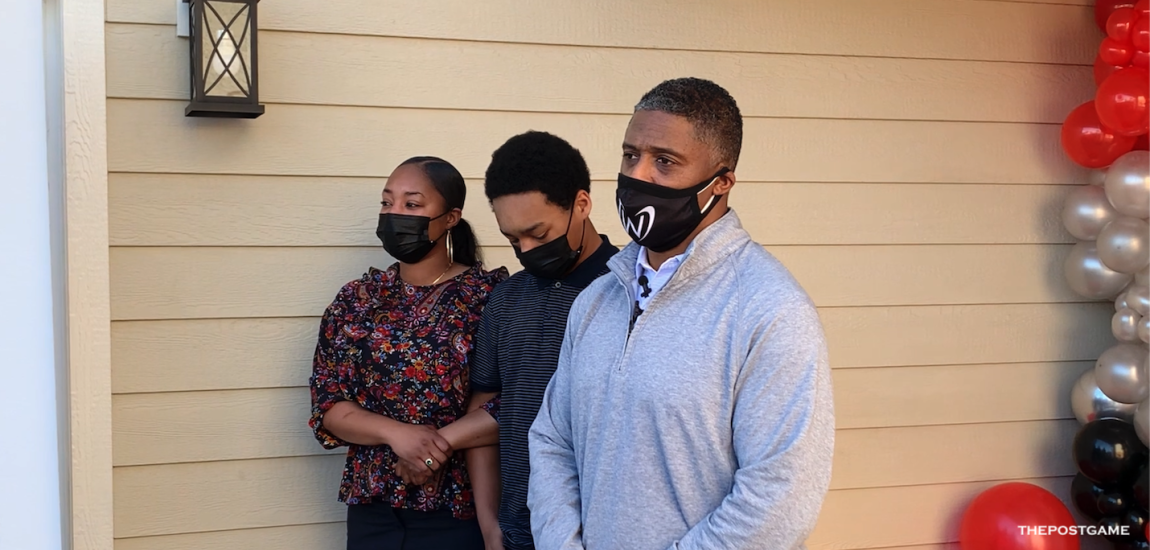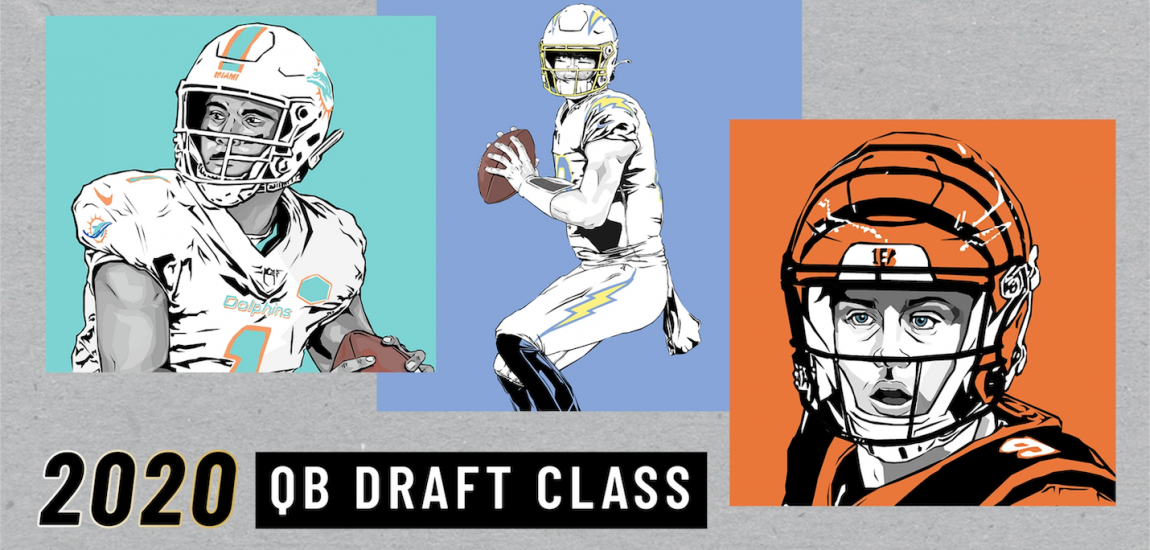For a second, consider what happens when you injure your leg. If it's really bad, it can get expensive with a trip in the ambulance to the emergency room where a doctor will look at it and schedule an X-ray or MRI or something similar. There will be follow-up visits and at worst some physical therapy -- all of which you're responsible for scheduling.
Now consider what happens when an NFL player gets injured: There's immediately a trainer who rushes on the field. MRI and X-ray machines on site. A doctor who will diagnose and, if you choose, perform any surgery that's necessary. And of course, supervised rehab that includes an underwater treadmill, an expert to modify a workout and of course, a dietician to make sure you're eating everything to get well as soon as possible.
"It's nice," said NFL Physicians Society president and St. Louis Rams team doctor Matt Matava, "to have unlimited resources."
Below, a graphic via Infographic World of just how many people work on the medical staff on game days:

Their job, while perhaps the dream one with unlimited resources and chances to change sports medicine, is also fraught with some tough moments: Diagnoses that end careers, and of course, increased scrutiny and worry about correctly diagnosing head injuries in football players.
“I’ve had some patients say and players say your job security is based on wins and loses, how do we know you’re (being honest), said Matava, during an interview at the Giants' practice facility. “[The Giants' staff] can't say this because the Giants are always good, but you know with the Rams, we’ve survived 2 and 14 seasons and 3 and 13 seasons and we're still employed. So our job security is not predicated on wins and losses, and it has to be that way."




